

Although they look quite different and occupy different price-points, the XH2S and XT4 actually share a lot of similarities when it comes to their key specifications and features, so much so that buyers may be wondering if the older model already offers everything that they need, along with the chance to save quite a lot of money.
So we’re bringing you this in-depth Fujifilm X-H2S vs X-T4 head-to-head comparison to help you choose between these two mirrorless cameras.
You can also read our detailed Fujifilm X-H2S review and Fujifilm X-T4 review to find out exactly what we think of each one.
Sensor
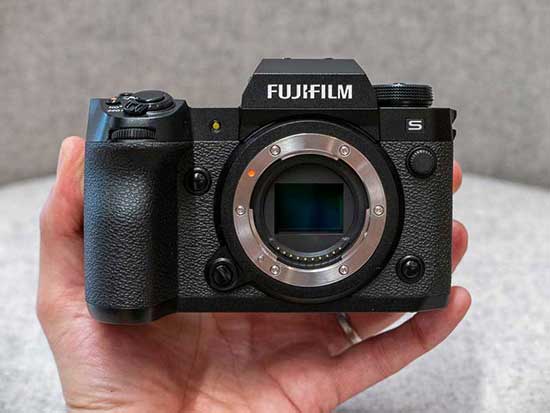
These two cameras offer the same number of megapixels – 26.1 – but the sensor technology inside the XH2S is completely different to that found in the X-T4.
The image sensor used in the X-T4 is now the previous generation, 26 megapixel, APS-C sized, BSI X-Trans CMOS 4 sensor, which is also used by the X-Pro3.
The image sensor used in the X-H2S is the next generation, 26 megapixel, APS-C sized, X-Trans CMOS 5 HS sensor, making its debut in the Fuji X-series camera range.
This is a stacked sensor design similar to those we’ve seen in other recent flagship cameras, like the Sony Alpha A1, Canon EOS R3, Nikon Z9 and OM Digital O-M1, and it provides a big boost to this camera’s burst shooting, auto-focusing and video capabilities (more on these later).
It will be interesting to find out if the image quality from the XH2S’ stacked sensor can equal or even surpass that from cameras that use the back-side illuminated X-Trans CMOS 4 sensor.
ISO Speed
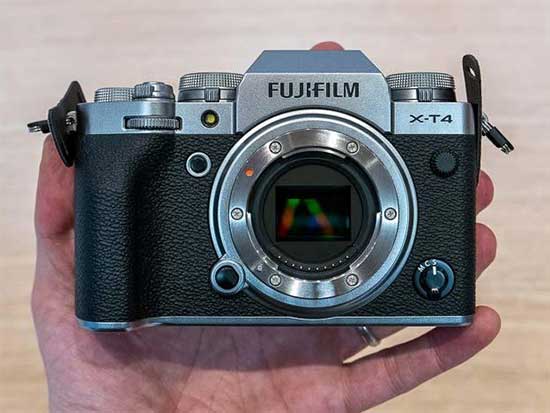
The native sensitivity range of both cameras is ISO 160 to ISO 12,800, which can be expanded to ISO 80 to ISO 51,200.
Video
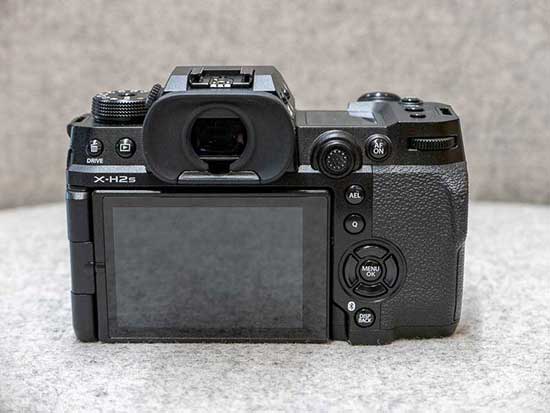
The X-H2S offers a markedly better video mode than the X-T4 and is definitely the one to buy if you’re predominantly a videographer.
The newer camera offers a highest quality rate of 6K/30p with no crop recorded in 4:2:0 8-bit internally and 4:2:2 10-bit via the micro-HDMI port to an external recorder. The XT4 can’t record in 6K.
Dropping down to 4K, it also outperforms the older camera, featuring DCI 4K/120p with a 1.29x crop recorded in 4:2:0 8-bit internally and 4:2:2 10-bit externally.
The X-T4 only supports 4K/60p and does so with a 1.17x crop factor, whereas the XH2s doesn’t apply any crop to its 4K/60p footage.
The XH2S newly supports Apple ProRes RAW and BlackMagic RAW for the first ever time on a Fuji X-series camera and also offers the new F-Log 2 profile with up to 14+ stops of dynamic range.
Longer recording times of up to 240min at an ambient temperature and 17min at 40 Celsius are supported, with a fan accessory available which screws into the back of the camera, improving the maximum time to 51 mins at 40 Celsius. By contrast, the XT4 is limited to 20 minutes maximum recording time.
Autofocus
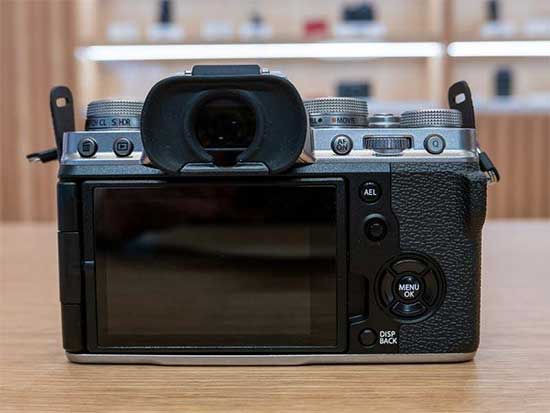
The new X-H2S has the same hybrid autofocus system with phase detection and and contrast detections points as the X-T4 and X-Pro3, but this latest version offers a number of significant improvements.
In the Single point AF mode there are up to 425 selectable AF points arranged in a 25×17 grid. Alternatively, the camera can be set to 117 points in a 13×9 grid, and the size of the points can also be varied.
In addition to Single point AF, there’s Zone AF which allows the AF points to be selected in 3×3, 5×5 or 7×7 groups, and
Wide/Tracking AF.
The X-H2S can now automatically detect animals, birds, cars, bikes, planes and trains thanks to the X-Processor 5’s AI deep learning capabilities, a feature that no Fujifilm camera has had before.
Fujifilm have also further improved the auto-focus algorithm, claiming that the AF system is 3x faster than on the X-T4, also with better eye/face detection than the older model.
Burst Shooting
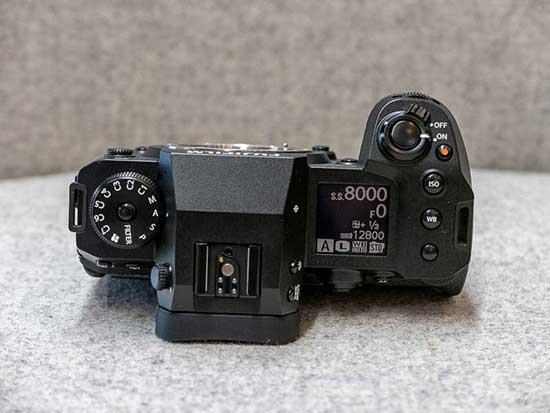
The X-T4 was something of a speed demon when it was released in 2020, but the new X-H2S with the X-Processor 5 and stacked sensor on-board ups the ante considerably.
The XT4 could shoot at 20fps when using the electronic shutter, without any crop, or 30fps with a 1.25x crop applied.
The XH2S can now shoot at 40fps when using the electronic shutter, without any crop at all and completely blackout-free.
Both models offer the same 15fps continuous shooting speed when using the mechanical shutter.
Note that all of these impressive burst shooting rates are with continuous phase-detect auto-focus and auto-exposure, rather than being locked at the first frame.
Body and Design

The design of the body and controls differs a lot between the XH2S and the XT4.
Measuring 135.5 x 92.9 x 86.9mm and weighing 660g, the new X-H2S is slightly larger and heavier than the X-T4, although not by that much.
What is markedly different is the control layout of this latest camera. Fuji have decided to remove a lot of the traditional dials and controls and added a lot more Function buttons. The MCS dial on the front of the X-T4 has been replaced by an unmarked Function button on the X-H2S.
Most notably the classic Fujifilm ISO, Shutter Speed and Exposure Compensation dials on top of the XT4 have made way for a PASM dial on this new model.
Fujifilm have added a huge number of Custom modes to the Shooting Mode dial – 7 in fact – to help compensate for these changes, but it still remains to be seen how fans react to what is quite a radical departure from the usual Fujifilm blueprint.
IBIS
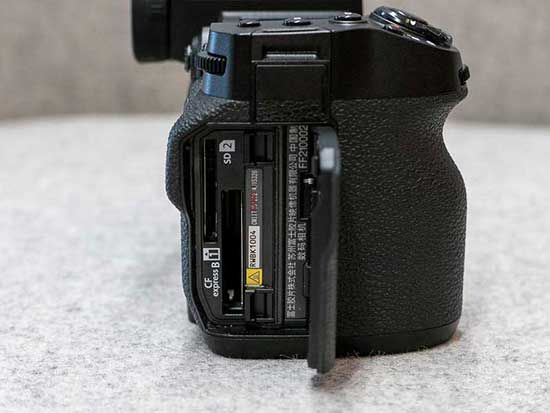
The XH2S is the fourth Fujifilm camera to feature 5-axis in-body image stabilisation (IBIS), following the original X-H1, X-T4 and X-S10.
The X-T4 provides up to 6.5 shutter steps of compensation for stills, whereas the X-H2S provides up to a maximum of 7 stops, half a stop better and the best of any current Fujifilm camera.
Viewfinder
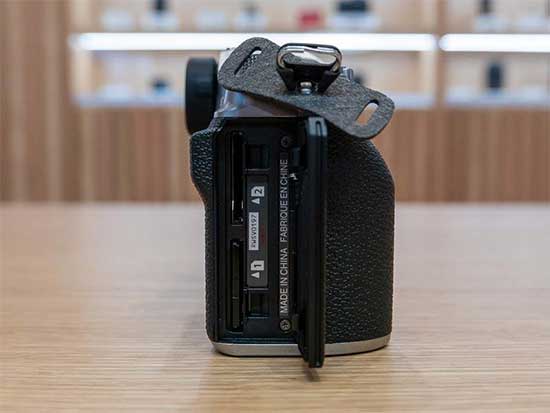
The X-T4 has a 3.68M-dot OLED electronic viewfinder with 0.75x magnification, 100fps refresh rate and a built-in eye sensor.
The X-H2S has a much more detailed 5.76M-dot OLED electronic viewfinder with larger 0.80x magnification and a faster 120fps refresh rate.
LCD Screen
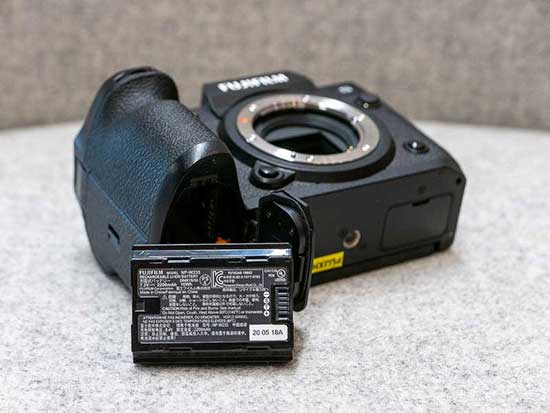
Both cameras have exactly the same fully articulating, vari-angle, 3-inch LCD screen with the same 1.62M-dot resolution.
You can flip out the screen to the side, rotate it forwards for easier operation when pointing the camera at yourself, and fold it flat against the back of the camera to stop it from getting scratched.
This free-angle design proves to be very versatile screen for vlogging, movie shooting and photography in general.
Memory Cards
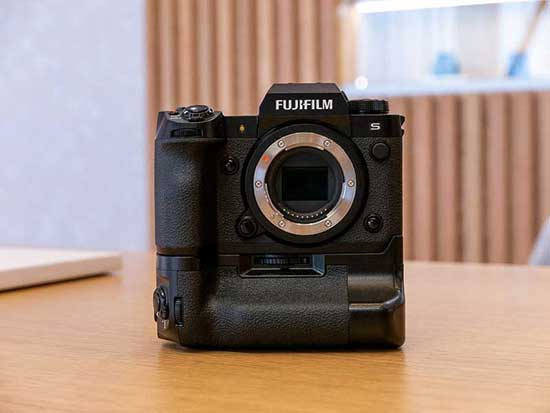
The X-H2S has dual memory card slots, just the X-T4, but unlike the X-T4 which has two UHS-II SD card slots, the new model has one UHS-II SD slot and one CFexpress Type B slot.
So if you want to take advantage of all the speed advantages that the XH2S offers, you’ll need to invest in some CFexpress Type B memory cards.
Battery Life
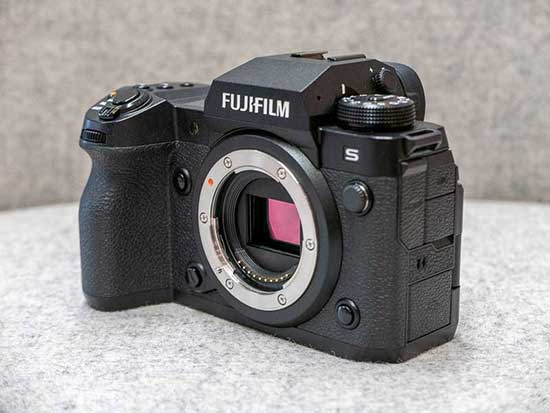
The Fujifilm X-H2S uses exactly the same NP-W235 batteries as the X-T4, rather than the smaller capacity NP-W126S battery that the X-H1 used.
This offers a CIPA-rated battery life of up to 720 shots on a single charge in normal mode on the X-H2S, with real-life usage yielding even longer life. The X-T4 was rated at 500 shots.
Both cameras can also be powered and charged via a USB-C connection, which is useful if you’re out and about and have a compatible power-bank to plug the camera into.
Price
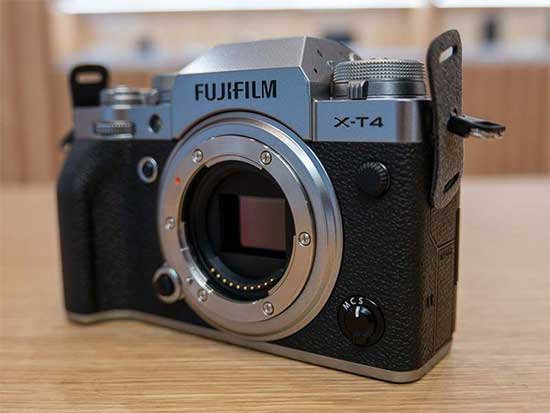
The new Fujifilm X-H2S is priced at £2499 / $2499 in the UK and USA respectively, making it the most expensive X-series APS-C sensor camera ever released.
The Fujifilm X-T4 was priced at £1549 / $1699 body only when it initially launched two years ago, a price that remarkably it still commands today.
This makes the new XH2S a whopping £900 / $800 more than an XT4 at the time of writing.
Conclusion
As the first camera to use Fuji’s 5th generation sensor and processor, the X-H2S represents a big step forward in many ways for the X-series range, from the 40fps shooting to unlimited 4K/60p recording with no crop, from the faster, AI-driven AF system that can recognise a lot more subjects to the improved EVF and IBIS.
It is a lot more expensive than the XT-4 though, especially as you’ll also need to invest in some pricey CFexpress Type B memory cards to take full advantage of all the speed improvements on offer. Some Fujifilm fans may also be put off by all of the non-traditional design choices that have been implemented on the X-H2S, even though they ultimately make more sense for a hybrid video/stills camera.
So what do you think? Would you choose the new X-H2S or the older but still very popular X-T4? Leave a comment below!






